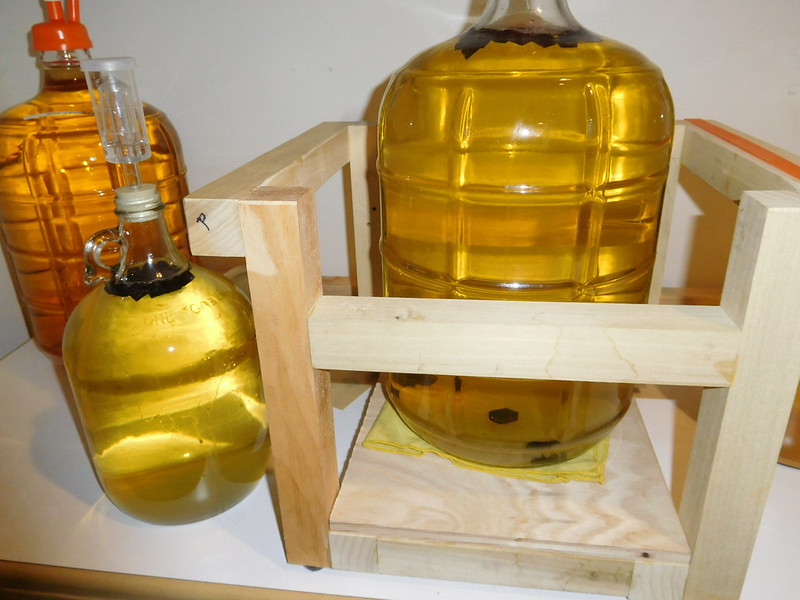I’ve been brewing beer for a few years now, and would like to try mead.
I usually go about things backwards, and without a real plan I have assembled the following items:
15# of Star thistle honey
2 packets of mangrove jack m05 mead yeast
Fermaid O
Go Ferm
any suggestions on a recipe? Should I go traditional? Melomel?
I can change the yeast, but would like to use some/all of this honey. What does thistle honey do best? Should I augment with a stronger honey like orange blossom?
I plan to make a 5 gallon batch.
A friend of a friend keeps bees and thistle is one that she had available. It is mild but a great flavor IMO.
Thanks in advance!
I usually go about things backwards, and without a real plan I have assembled the following items:
15# of Star thistle honey
2 packets of mangrove jack m05 mead yeast
Fermaid O
Go Ferm
any suggestions on a recipe? Should I go traditional? Melomel?
I can change the yeast, but would like to use some/all of this honey. What does thistle honey do best? Should I augment with a stronger honey like orange blossom?
I plan to make a 5 gallon batch.
A friend of a friend keeps bees and thistle is one that she had available. It is mild but a great flavor IMO.
Thanks in advance!
Last edited:



